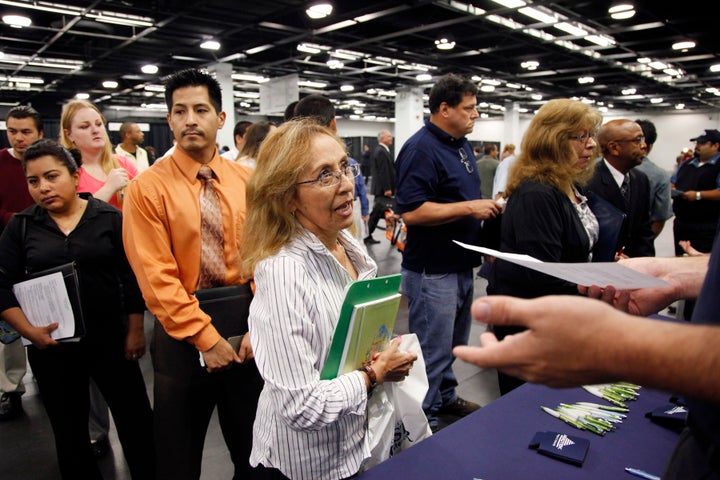
It's estimated that between three to four million jobs are going unfilled in America. How is that possible, when so many individuals are out of work? Most of these jobs are "middle-skilled" positions, which don't require a college degree, but demand more than a high school education. They include jobs in advanced manufacturing, healthcare, construction, "green" building and transportation/logistics.
This skills gap is the visible symptom of an inadequate and inefficient workforce development system. The economy has changed dramatically since the great recession. Many of the jobs that disappeared are not returning. Jobs requiring more advanced training and skills are replacing them. As a nation, we have not figured out how to get jobseekers ready and into the jobs that exist, or will exist, in their community. And that may be the key: There is no such thing as a national economy when it comes to workforce development. The jobs that are and will be available and the skill sets needed by employers vary by community and industry. There are countless local economies.
Fortunately, one locally focused initiative is helping to close the skills gap. Developed with the support of national foundations, the National Fund for Workforce Solutions (NFWS) workforce development model is being implemented in 30 communities nationwide. Each locality is creating its own unique strategy that transforms how workers get good careers.
Although it is driven by regional economic conditions, there is one common characteristic: a thorough understanding of key industry sectors developed through workforce partnerships led by employers. Every community works closely with employers to identify current and future business requirements and together, they create training specifically designed to meet these needs. The partnerships invest in a long-term relationship with their employers and develop unique industry intelligence that builds educational pathways to future skill needs. Without this deep understanding, smart investments in skills and competencies are unlikely.
These local efforts have brought together more than 3,000 employers to form 100 workforce partnerships. They have helped thousands of low-income Americans get back to work and/or retrained on sustainable career paths in growth industries with good-paying jobs. Perhaps most important, they are teaching us how communities can develop their own answers to the skills gap challenge.
Each year, NFWS conducts an assessment of its programs and publishes the results in an evaluation report, which is available on http://nfwsolutions.org. Results show that employers are seeing a return on their investment. The derived benefits include more engaged workers, better workplace results, and cost-effectiveness related to searching and training people for available jobs.
Reports out from some of the NFWS sites reinforce these findings. For example, in Cincinnati and the tri-state region, the model is being used by Health Careers Collaborative of Greater Cincinnati, a workforce partnership that is building career paths for frontline workers at healthcare institutions. One participant, a large employer that trains low-skilled individuals for occupations requiring associate degrees, realized a net return of $216,127 on costs of $1.82 million -- an 11.9 percent return on investment.
Job Opportunity Investment Network creates workforce partnerships in the Philadelphia region. Data show that its training programs, developed in close collaboration with local employers, delivered a fourfold return on direct investments made by businesses.
In central Wisconsin, Workforce Central serves a rural, 823-square-mile region and operates three workforce partnerships. These include managerial training in advanced manufacturing, advanced certification in food processing, and accelerated GED or occupational certification for low-income individuals. A new report issued this year documents that each partnership successfully delivered career advancement for incumbent workers and/or job placement for unemployed jobseekers.
When it comes to addressing the skills gap and the future needs of employers -- we must think local. The NFWS and its 30 communities are showing that effective working partnerships led by employers not only help get unemployed or under-employed workers into sustainable career pathways, but can also lay the groundwork for economic recovery.